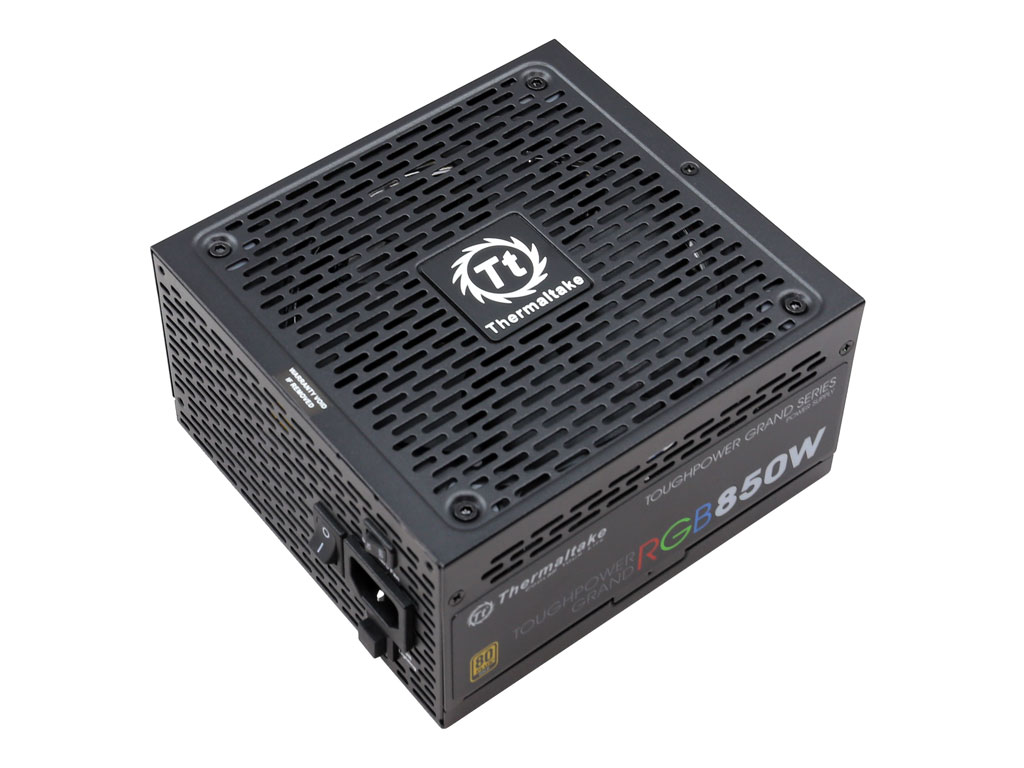Tom's Hardware Verdict
The Toughpower Grand RGB Gold (Sync Edition) main selling points are quiet operation and RGB lighting. When it comes to performance, this PSU cannot compete with similarly-priced models from Corsair and Seasonic, and its transient response is mediocre to say the least.
Pros
- +
Efficient
- +
Good build quality
- +
Quiet operation
- +
Fully modular
- +
2x EPS & 6x PCIe connectors
- +
Hydro dynamic bearing fan
- +
RGB lighting that can be controlled manually
- +
10-year warranty
Cons
- -
Price is too high
- -
Loose load regulation
- -
Mediocre transient response
- -
High inrush current
- -
Over-temperature protection (if it exists) is not set properly
- -
Easily-confused PCIe and EPS sockets
Why you can trust Tom's Hardware
Features and Specifications
Thermaltake's 850W Toughpower Grand RGB Gold (RGB Sync Edition) costs about the same as Corsair's RM850x and Seasonic's similar-capacity Focus Plus Gold model. It features RGB lighting that can be controlled through a compatible motherboard from Asus, Gigabyte, MSI, Biostar, or ASRock using software, or completely manually. It has a 10-year warranty, fully modular cabling, and is manufactured by Sirfa/High Power.
Performance-wise, this PSU trails its competition. Thermaltake should really lower the TPG-850AH3FSGR's price tag to improve its value score. Of course, we understand that the extra cost of RGB lighting and controllers for synchronizing with different motherboards makes our request difficult to satisfy. But if you're into function over form, we believe that benchmarks matter more than aesthetics.
The Toughpower Grand RGB Gold (RGB Sync Edition) series consists of three models with capacities ranging from 650W to 850W. They're all 80 PLUS Gold-certified. The top model also exceeds the requirements of Cybenetics' ETA-A and LAMBDA-A- efficiency and noise standards.
As you might have guessed, this family's halo feature is its RGB lighting. The 256-color, 140mm Riing fan facilitates five lighting modes. It also has built-in memory that saves your most recent setting. A push-button on the PSU's front side enables manual lighting control; however, you can also change settings through a compatible motherboard with a 12V RGB header.
We're not as bullish about illuminated PSUs as Thermaltake. But apparently enough gamers are willing to pay extra for lighting that the company can justify the extra expense. For us, performance matters most. After all, PSUs are typically buried in the depths of your chassis, hiding lighting effects like the ones this model so proudly boasts. As enthusiasts, we believe that every dollar spent on LEDs and their controllers should instead be invested into parts that deliver better performance and increased reliability.
Specifications
| Manufacturer (OEM) | Sirfa |
| Max. DC Output | 850W |
| Efficiency | 80 PLUS Gold, ETA-A (88-91%) |
| Noise | LAMBDA-A- (25-30 dB[A]) |
| Modular | ✓ (Fully) |
| Intel C6/C7 Power State Support | ✓ |
| Operating Temperature (Continuous Full Load) | 0 - 50°C |
| Over-Voltage Protection | ✓ |
| Under-Voltage Protection | ✓ |
| Over-Power Protection | ✓ |
| Over-Current (+12V) Protection | ✓ |
| Over-Temperature Protection | ✗ |
| Short Circuit Protection | ✓ |
| Surge Protection | ✓ |
| Inrush Current Protection | ✓ |
| Fan Failure Protection | ✗ |
| No Load Operation | ✓ |
| Cooling | 140mm hydro dynamic bearing fan (TT-1425 - A1425L12S) |
| Semi-Passive Operation | ✓ (selectable) |
| Dimensions (W x H x D) | 152 x 88 x 162mm (5.98 x 3.46 x 6.38in) |
| Weight | 1.63 kg (3.59 lb) |
| Form Factor | ATX12V v2.4, EPS 2.92 |
| Warranty | 10 years |
All of this family's members are manufactured by Sirfa/High Power, a company with the know-how to build solid platforms. However, its designs usually can't keep up with high-end PSUs from competitors like CWT, Seasonic, and Super Flower. Sirfa is mostly known for serving up lots of value since it can deliver good results without breaking the bank.
According to Thermaltake, the TPG-850AH3FSGR includes all of the protection features we expect from a modern PSU. We couldn't trigger over-temperature protection during our tests, though. We have to assume it's either not present or configured incorrectly.
Get Tom's Hardware's best news and in-depth reviews, straight to your inbox.
Besides its RGB LEDs, the 140mm cooling fan employs a hydro dynamic bearing that offers increased lifetime and quiet operation. The 162mm-long PSU's dimensions are compact enough. And we commend Thermaltake for its 10-year warranty, which matches the competition from Corsair and Seasonic.
Finally, there is a semi-passive mode that can be deactivated if you'd rather have the fan spin constantly.
Power Specifications
| Rail | 3.3V | 5V | 12V | 5VSB | -12V | |
|---|---|---|---|---|---|---|
| Max. Power | Amps | 22 | 22 | 70.9 | 3 | 0.3 |
| Watts | 120 | 850 | 15 | 3.6 | ||
| Total Max. Power (W) | 850 |
The minor rails are plenty strong, offering 120W of maximum combined power. Meanwhile, the +12V rail can deliver this PSU's full power on its own. And the 5VSB rail is a bit beefier than usual, serving up to 3A maximum current output.
Cables & Connectors
| Modular Cables | ||||
|---|---|---|---|---|
| Description | Cable Count | Connector Count (Total) | Gauge | In Cable Capacitors |
| ATX connector 20+4 pin (600mm) | 1 | 1 | 18AWG | No |
| 4+4 pin EPS12V (650mm+155mm) | 1 | 2 | 16-18AWG | No |
| 6+2 pin PCIe (500mm+155mm) | 3 | 6 | 16-18AWG | No |
| SATA (500mm+155mm+155mm+155mm) | 3 | 12 | 18AWG | No |
| Four-pin Molex (500mm+155mm+155mm+155mm) | 1 | 4 | 18AWG | No |
| RGB Cable (580mm+80mm) | 1 | 1 | 26AWG | No |
| AC Power Cord (1400mm) - C13 coupler | 1 | 1 | 16AWG | - |
The TPG-850AH3FSGR has two EPS connectors, though they're installed on a single cable. Thankfully, Thermaltake uses 16-gauge wires up to the first connector for handling higher amperage. A total of six 6+2-pin PCIe connectors is adequate for an 850W power supply, and the same goes for peripheral connector availability.
All of the cables are satisfactorily long, while the distance between connectors is sufficient. It's definitely nice to see a company providing more than 15cm of clearance from one four-pin Molex connector to the next, since they typically plug in to components installed far apart from each other (like case fans).
We spotted a problem, though. While it's easy enough to distinguish the PCIe connectors and single EPS cable due to their red color, both sockets on the PSU's modular panel are identical. This makes it possible to connect the EPS cable to a PCIe socket, or vice versa, if you aren't careful. Built-in short circuit protection should prevent damage. But the PSU won't start up. Ideally, the modular sockets should be mechanically different to avoid the possibility of a mix-up.
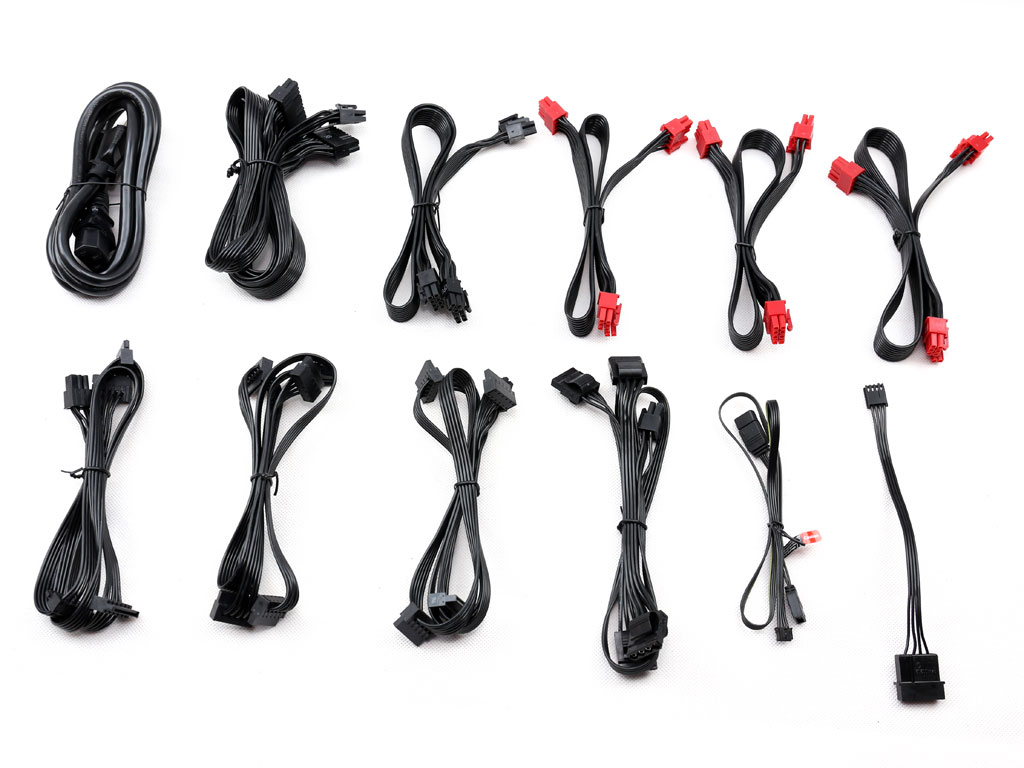

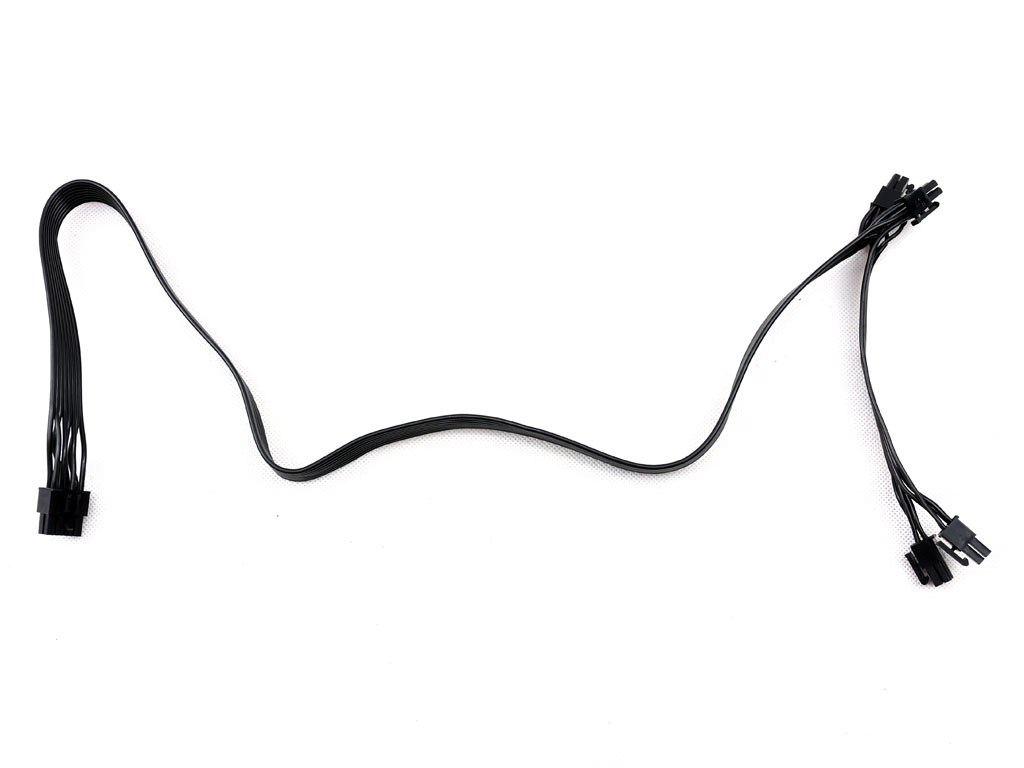
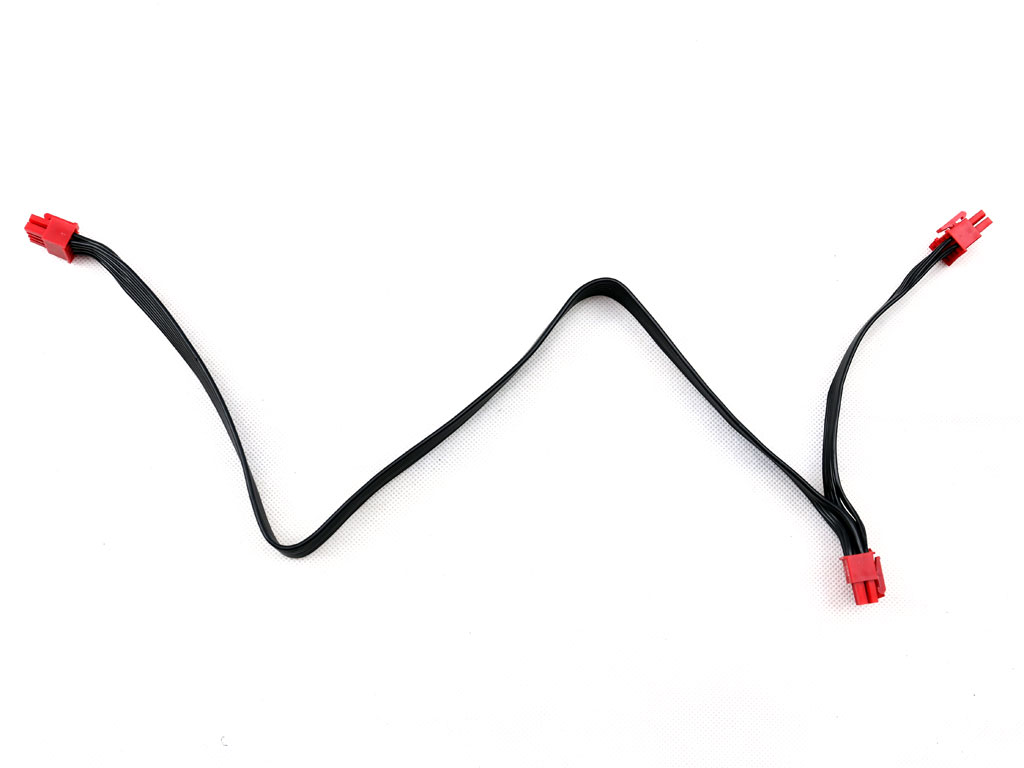
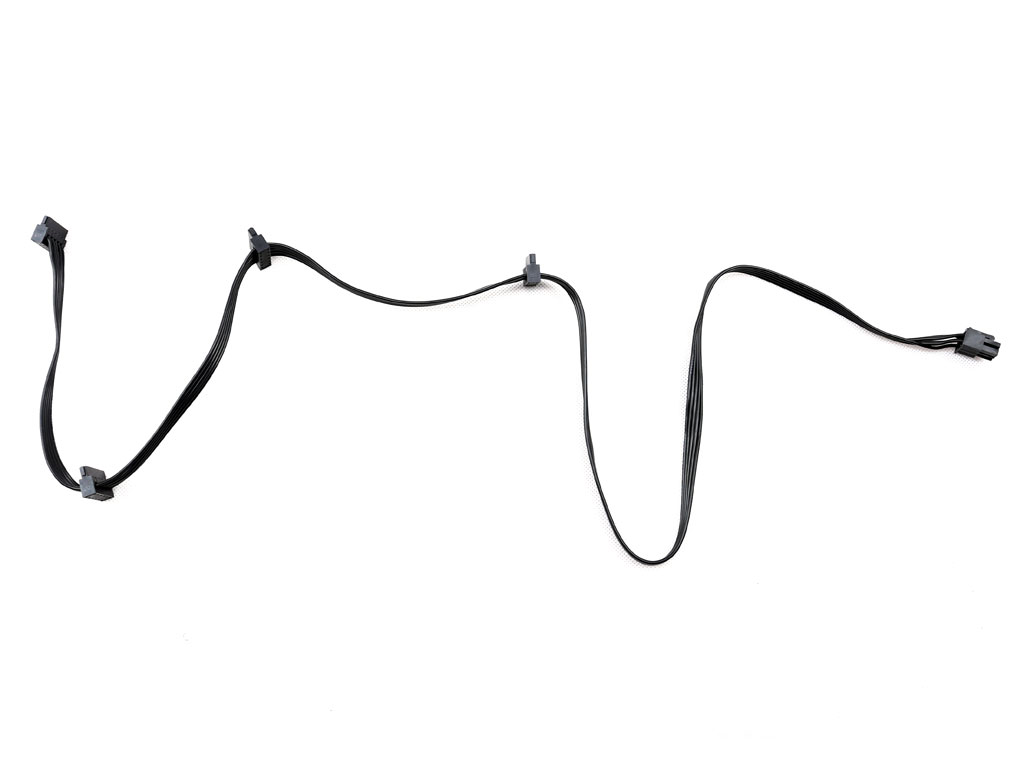
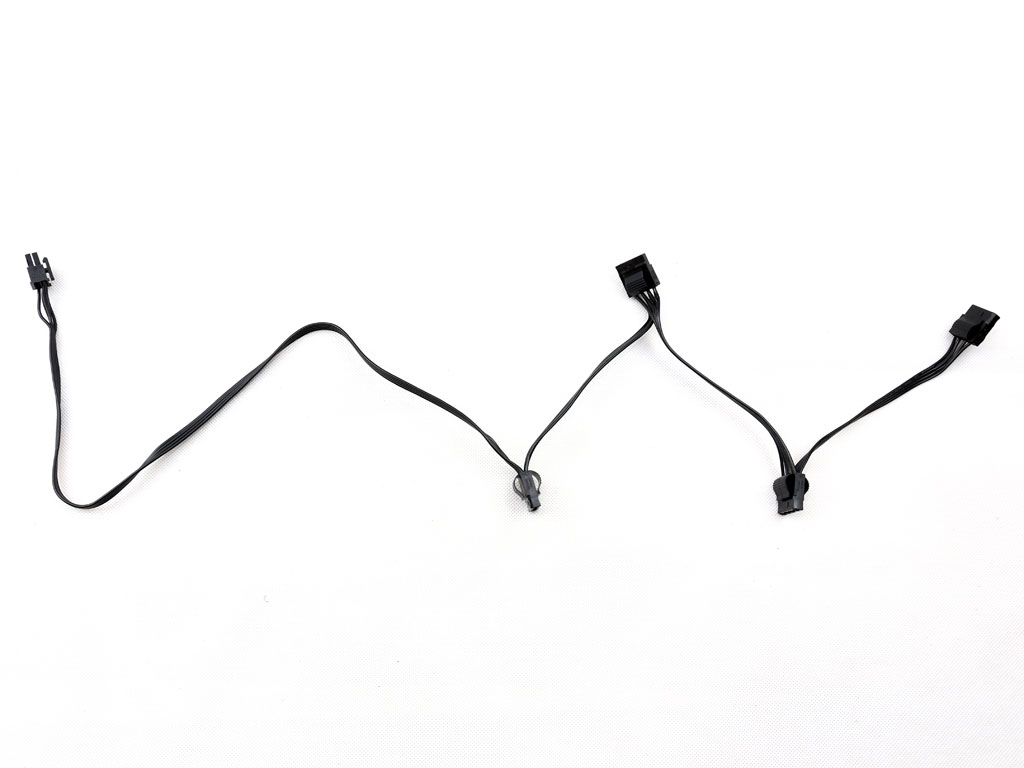
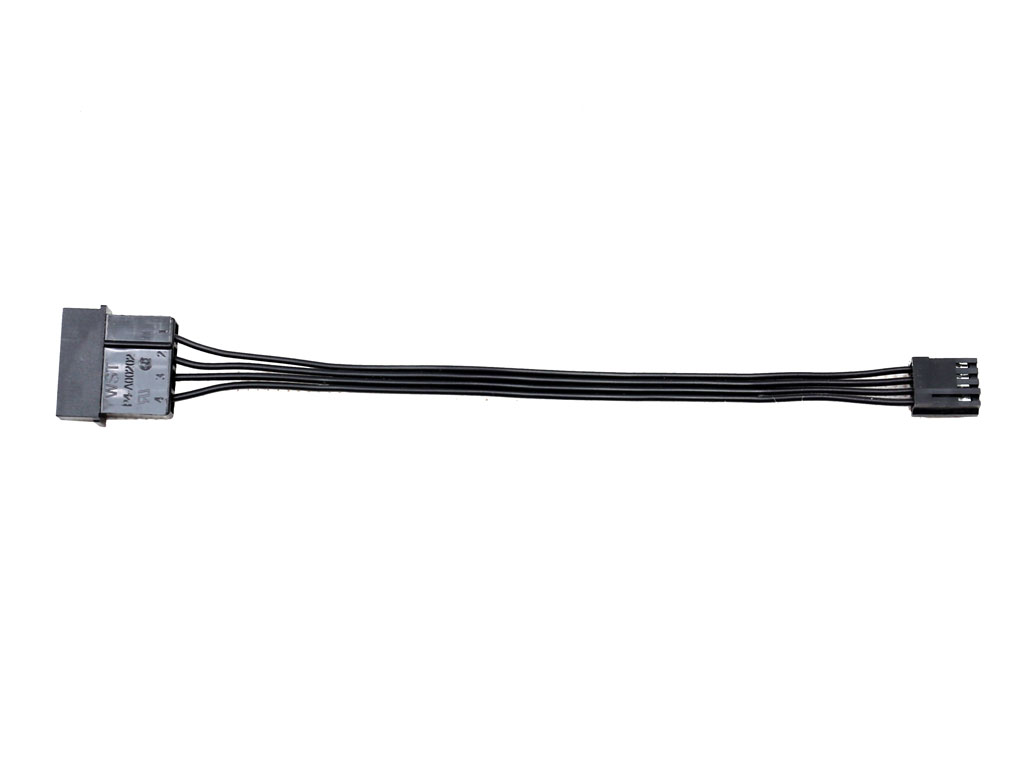
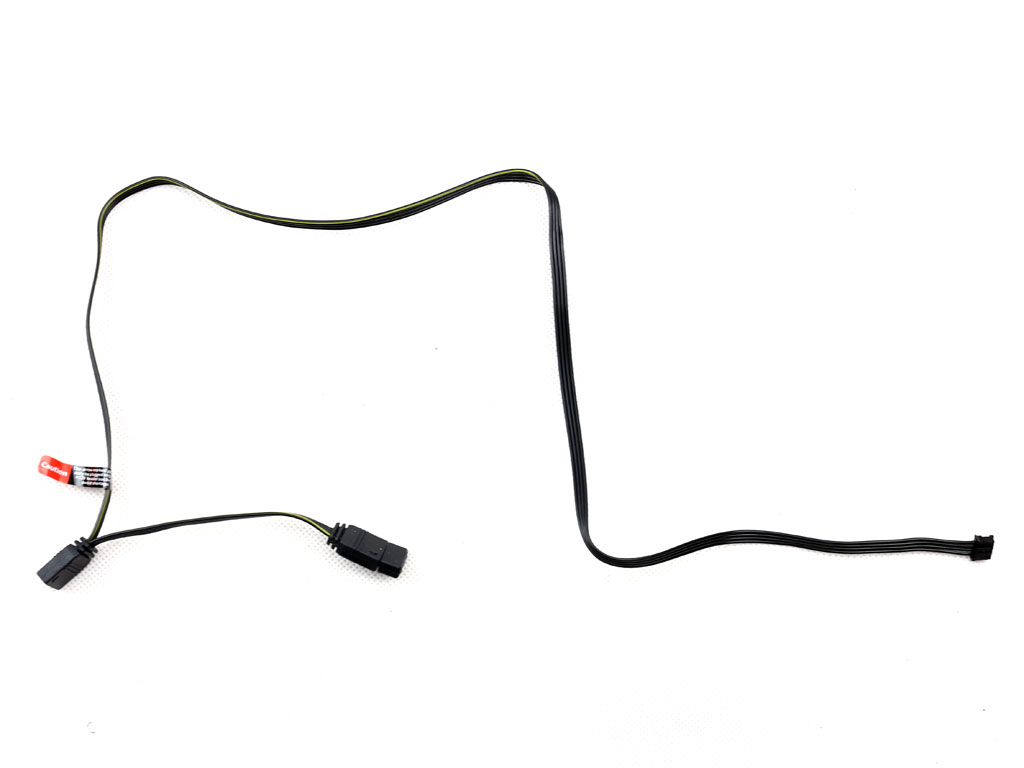
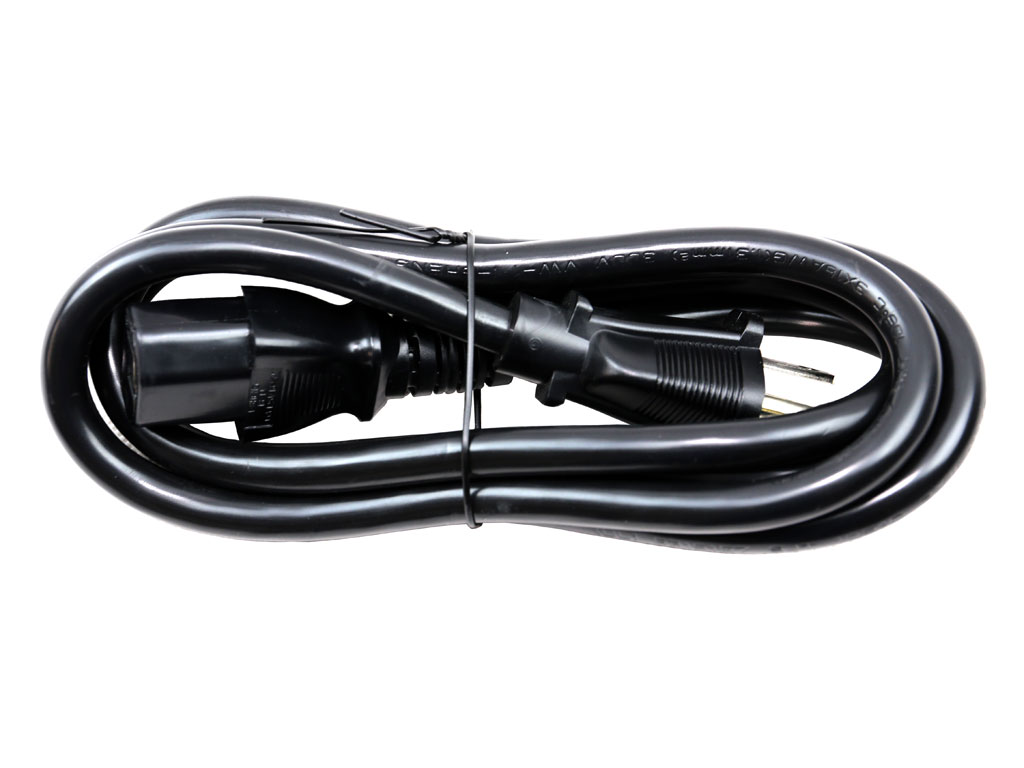
MORE: Best Power Supplies
MORE: How We Test Power Supplies
MORE: All Power Supply Content

Aris Mpitziopoulos is a contributing editor at Tom's Hardware, covering PSUs.
